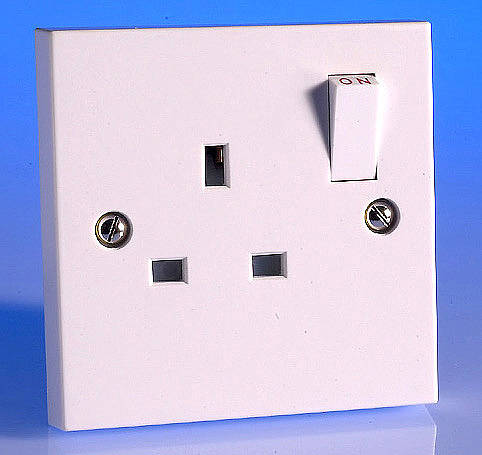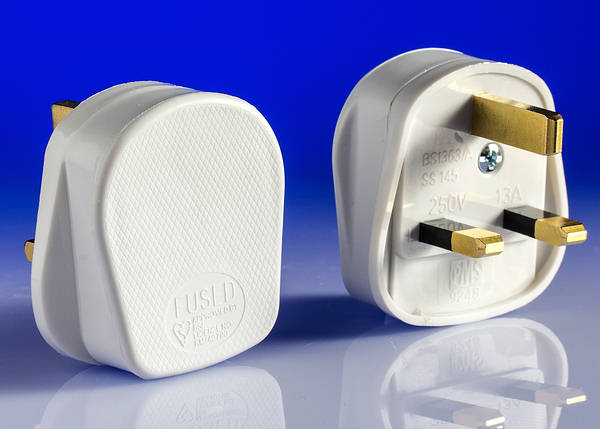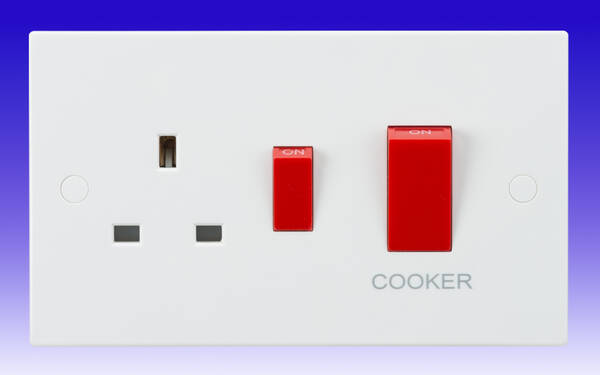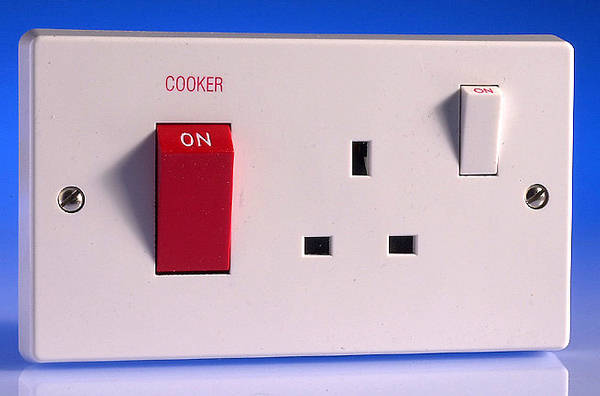The double oven and separate electric hob share a 40 amp supply. I believe this to be on a 6mm cable rounding the distance up to 15 metres through the walls. Both have their own individual fuses with an available socket, this is not used. The double oven is 5.4kw. The separate electric hob is 5.9kw. The hob needs to be replaced and we are considering an induction hob but first we need to understand what our limitations are for the replacement hob. Upgrading the wiring could be a real pain and may not be an option. So I would appreciate a little advice on the total kw load that I can consider for the replacement hob.
While I’m currently looking at electric and induction hobs I see that some share the same kw loadings so in this case I guess that any decision is between an individual’s preferences rather than electrical loading.
While I’m currently looking at electric and induction hobs I see that some share the same kw loadings so in this case I guess that any decision is between an individual’s preferences rather than electrical loading.





